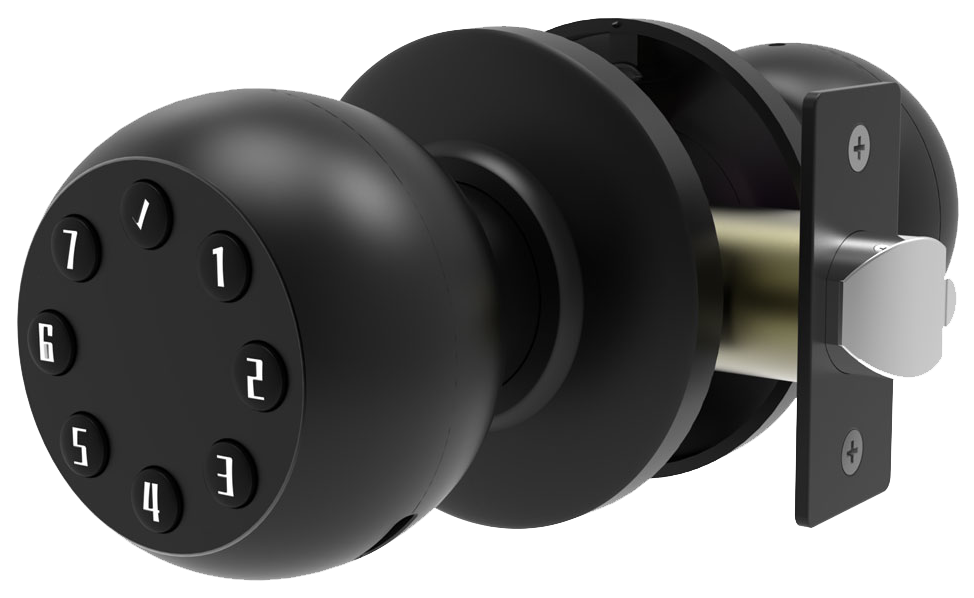Ever lost a key and worried it might swing open every lab and dorm room?
Old metal keys mean endless headaches. You lose a ring, have to rekey a cylinder, and surprise costs pop up.
But now schools can swap that chaos for calm with PIN-pads (keypads that check a code) or card readers (swipe readers that scan a credential). Think of it like replacing a pile of tangled cables with a neat wireless setup.
Admins can grant access in seconds and track every entry right from their phone.
Our smart locks have a smooth metal faceplate and a soft LED glow. They keep students safe, control who goes where, and build time-stamped logs. It all ends with a reassuring click.
Essential Role of Smart Door Locks in School and University Security
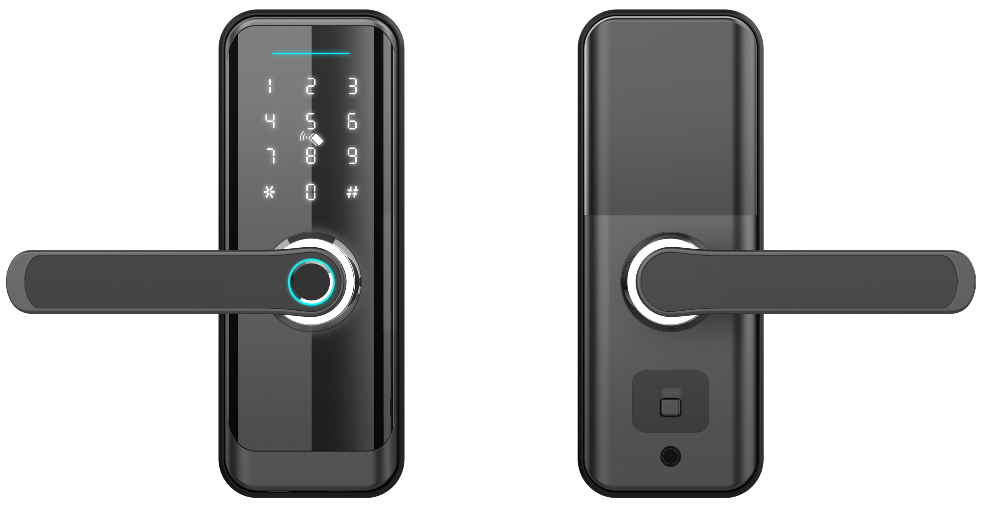
Schools and colleges need a reliable way to manage who walks through gates, labs, dorms, and staff rooms. Every door can feel like an open invitation if it is not locked down right.
In 2019–20, 97 percent of schools used some form of lock to protect students, teachers, and visitors. But old metal keys can be a real headache. Lose a key and you end up rekeying doors and spending extra cash!
So keyless entry systems are a game changer. A simple PIN-pad (a keypad that checks a code you type in) or card reader (a swipe reader that scans a credential) lets you swap users in seconds. You get a reassuring click, like the satisfying snap of a seatbelt.
| Feature | Why It Matters |
|---|---|
| Audit Trail | Time-stamped logs for every entry and exit, like a digital receipt for building access |
| Remote Monitoring | Check door status and grant or revoke access from any phone or computer |
| Emergency Lockdown | Trigger a campus-wide lock command in seconds, like hitting an instant panic button |
| Cost Savings | Cut out key replacement and rekeying fees |
| Flexible Permissions | Assign or remove access rights on the fly, no toolbox needed |
Administrators can grab entry logs with one click and spot unusual patterns fast. Ever zipped across campus at midnight? A quick tap turns chaos into calm.
The soft LED glow on the reader isn’t just a light, it’s peace of mind for everyone on campus.
Core Access-Control Features of Campus Smart Door Locks
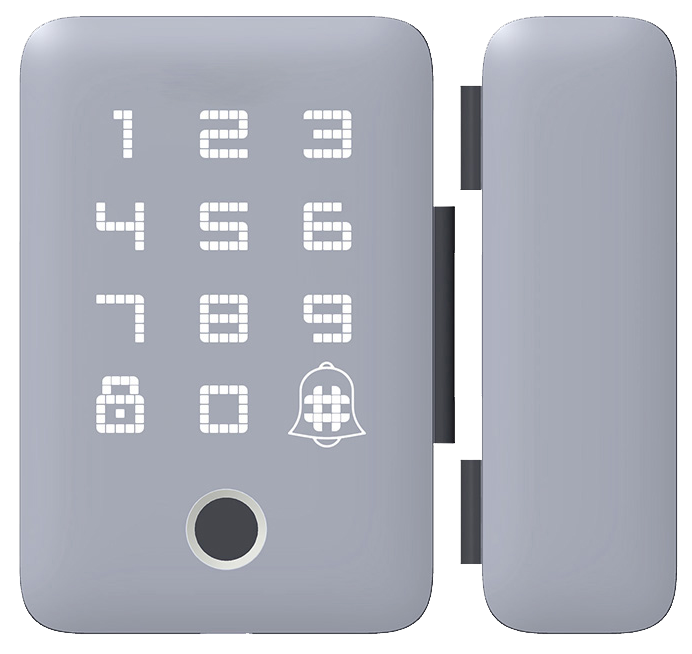
RFID (radio-frequency identification) access cards whisper credentials to the lock when you tap your card or fob on the smooth metal faceplate. You see a soft LED glow and hear a reassuring click, so students and staff breeze into dorms, labs, or admin suites.
Keypad code locks let you swap out entry codes instantly without removing the lock from the door. Punch in a wrong PIN (personal identification number). The lock times out for a short period. No brute force here. During class change you can keep hallways code-free, then seal them up tight after hours.
NFC (near-field communication) classroom locks work just like tapping a credit card. Bluetooth low energy (BLE) door locks let you pair a badge or phone, like pairing your headphones. Then you grant temporary access with a crisp PIN-pad press.
Biometric door locks read a fingerprint or a retina scan (an eye pattern scan), so there’s no key to lose. Um, they cost more and raise privacy questions, but they shield your sensitive research spaces.
Mobile credential door locks turn a smartphone into a digital badge. IT teams can issue or revoke access with a few taps, almost like sending a text message. Solid.
Two-factor authentication locks mix something you know, like a PIN, with something you have, such as a card or fingerprint. Extra guard.
Together, these smart campus access-control tools wrap every lecture hall, lab, and storage room in layers of flexible, reliable protection.
Integration of Smart Door Locks with Campus Security Networks and Lockdown Protocols
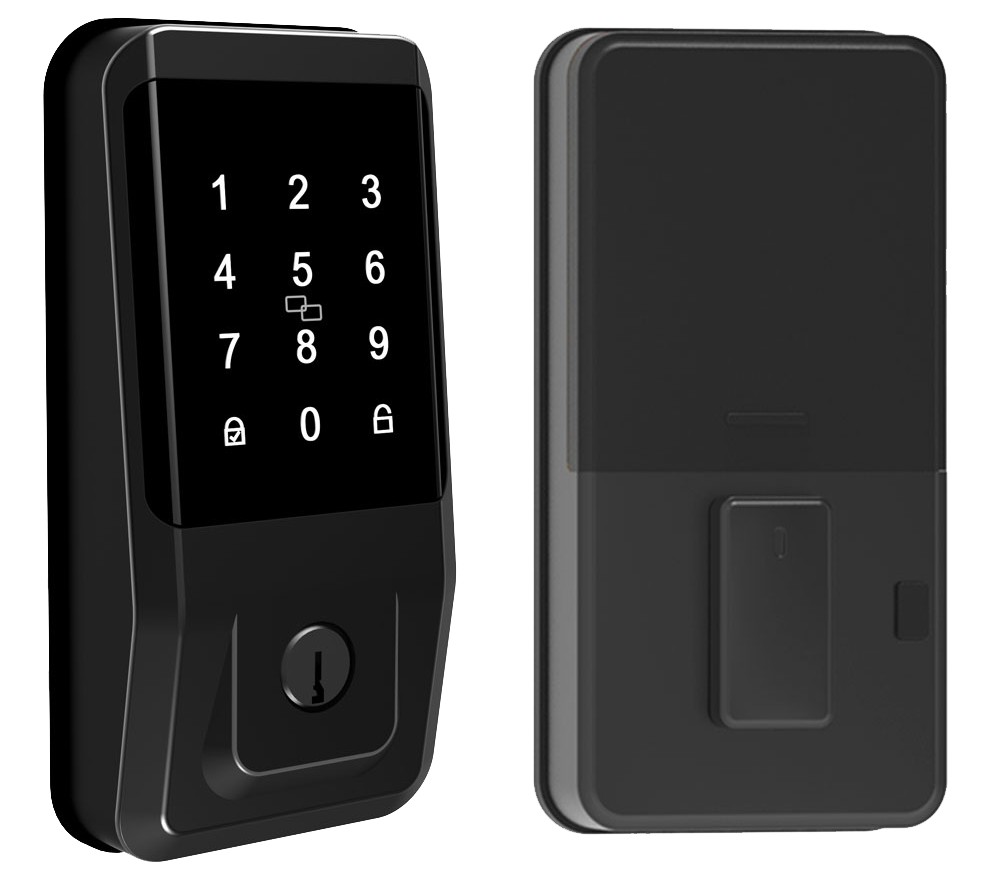
Smart door locks plug right into your campus security system. Platforms like Avigilon tie wireless locks from ASSA ABLOY, SALTO, and Schlage to campus ID cards, video feeds, and SIS (Student Information System) through simple API (application programming interface) connections. On one dashboard you can see each lock’s status, watch short surveillance clips, and handle emergency alerts. It’s like having all your security tools in one place.
Setting up an emergency lockdown is a breeze. A global lockdown shuts every door in one click. Teachers can use local lockdown to secure their own classroom from inside. Need to lock down dorms or labs but keep hallways clear? A custom school zone lockdown does just that. And if someone tries to force a door, soft LED panels glow red and an alert goes out.
Back in 2019–20, about 96 percent of public K–12 schools had written emergency plans. And nearly 98 percent practiced lockdown drills. Integrating smart locks with these alerts turns a plan on paper into real protection. Our locks follow fire department override rules and ADA (Americans with Disabilities Act) codes – so you can skip makeshift door barricades. The moment an alert hits, each lock snaps shut in a fraction of a second, clearing hallways for first responders. The echoing click down a quiet corridor? That’s peace of mind.
Meeting Compliance and Safety Standards with Smart Door Locks
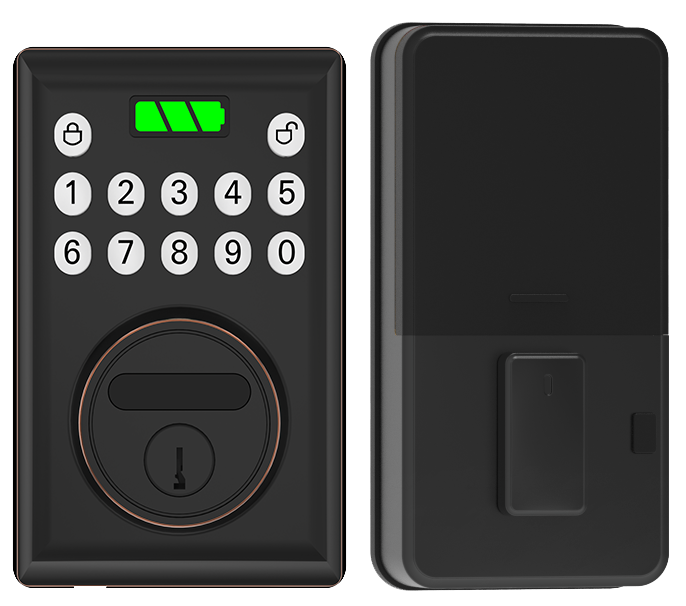
Exterior school doors must meet building and fire codes. They also need panic bars where everyone (students, teachers, and visitors) can reach.
Panic bars use a small mechanical or electrical latch (dogging: keeps the bar ready to unlatch under pressure). Push the smooth metal faceplate with the right force and the door springs open. That prevents jams and keeps exits clear. Solid.
We fit ADA-compliant locks (Americans with Disabilities Act) to make sure the bar sits at the right height. You get that smooth push-through exit every time. And all our smart locks are UL-certified (tested by Underwriters Laboratories). We’ve run them through weather tests, wear tests, and emergency drills so they hold up over time.
Classroom and office doors should have an inside latch teachers can flip without stepping into the hallway. One quick click seals the room during drills or real events. No scramble. No fuss.
In 2019–20, about 25 percent of public schools still used plain knob locks that left doors vulnerable. Let me rephrase that… plain knobs aren’t enough. Our modern locks blend sleek designs into the door trim and give you a crisp tactile click.
And we didn’t stop there. Built-in fire department override features (so firefighters can open doors without damage) and key-override access give first responders smooth entry. It’s a safer, more reliable door strategy for any campus.
Budget Considerations and Return on Investment for School Smart Door Locks

Imagine the smooth metal faceplate and soft LED glow greeting you at the classroom door. Schools can cut thousands by switching from jangly metal keys to an electronic keyless system (lock that opens with a code or badge). No more scrambling for an emergency locksmith or bulk rekey after a lost badge. Best of all, these CE-certified locks come out of 20 years of rigorous testing.
Maintenance crews breathe easy. Fewer parts to swap, fewer hours spent, and budgets stay lean.
Solid.
Want to know a secret? Grants for campus safety upgrades often cover smart door locks. You can tap local and federal funds designed to strengthen school security. Even a small grant can tip the balance toward a full next-gen system.
Let’s break down total cost of ownership. First, you factor in the purchase price of locks and controllers. Then you add integration costs, like tying new locks into Avigilon or your existing badge network, which works much like pairing your headphones to your phone. Training staff and rolling out credentials has a small one-time fee.
And don’t forget ongoing maintenance plus software updates keep locks humming. No surprise bills. When you tally procurement, integration, and upkeep, smart locks still cost less than yearly rekey cycles. Breaking costs into these categories helps teams plan budgets and compare vendors fast.
Implementation Strategies and Maintenance Best Practices for School Smart Door Locks
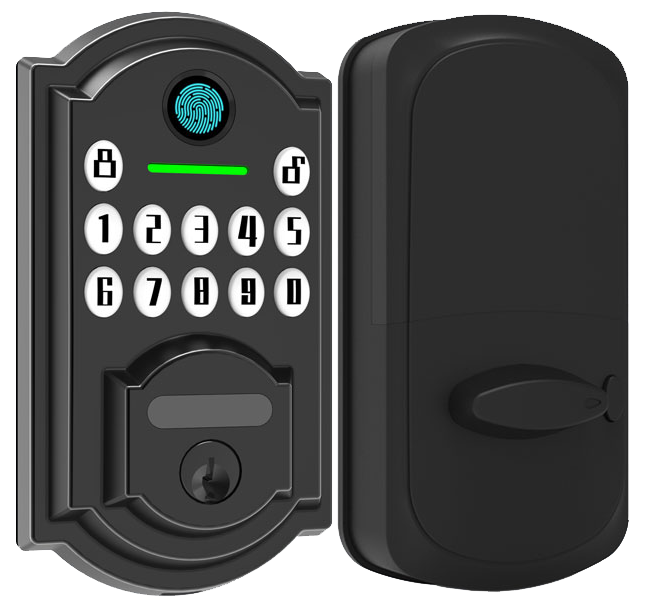
With old mechanical locks, changing a code meant unscrewing the lock. You’d climb a ladder, block hallways, and mess up class schedules. Electronic locks fix that. Just type in a new PIN (personal identification number) or wave a badge. A soft LED glow confirms it.
Want to upgrade doors without tearing them apart? Our mortise smart lock upgrade slides right into your existing lock pocket (the slot where your current lock lives). It fits wood, metal, or hollow-core doors in minutes. No heavy tools. No drilling through steel frames.
Battery-powered smart locks free you from messy wiring. But you still need to watch the battery. Low-battery alerts pop up on your dashboard before it goes flat. So you’ll never walk into a lock that won’t open. The lock learns traffic patterns to save battery life. Firmware remote updates roll out software patches and new features without sending a technician. Predictive maintenance alerts schedule health scans and flag motor strain or sensor drift (a gradual loss of sensor accuracy) early. You set your own alert thresholds and skip surprises. That silent sentinel keeps every entry humming.
Our regional training teams guide your facilities crew through installations, code best practices, regular lock audits, and quick troubleshooting. They give hands-on demos (you get to press the buttons yourself) and provide easy online guides. You’re always in control.
Smart Door Locks for Schools & Universities Safeguard
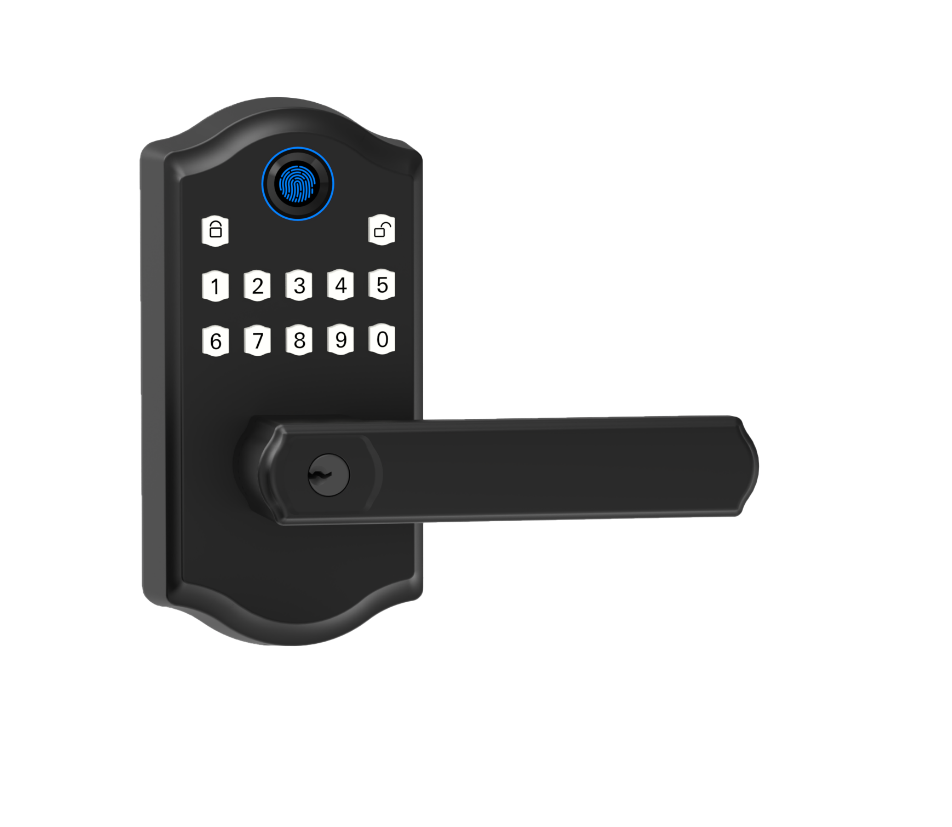
Starlight Hardware is a trusted smart lock manufacturer China. We’ve spent 20 years perfecting the smooth metal faceplate and soft LED glow on every unit. Each lock is CE-certified (European safety mark) and FCC-certified, then precision-machined and tested until it clicks just right.
Our school locks use end-to-end encryption (like sealing a digital letter) to keep hackers out. The central dashboard is your campus command center, giving security teams a bird’s-eye view from dorm wings to research bays.
You can group locks by building or by department, think of it like sorting books on a shelf. Schedule open and close windows for labs, and push updates in seconds. Cloud backup of time-stamped entry logs keeps everything offsite, so you can check door activity from any browser.
Fine-grained user roles let you grant master keys, staff badges, or student PINs with exact control. Solid.
Need to cover multiple campuses? No problem. Users enroll locks right from their phones, and our 24/7 monitoring service watches every corridor without adding headcount.
Our local support teams guide you through setup, lock grouping, and firmware updates (software refresh inside the lock). Optional analytics reports help you spot odd access trends before they become issues.
Final Words
In the action, we looked at how Smart Door Locks secure entrances, track access, and fit into campus safety plans.
We dived into key technologies like RFID, biometrics, and mobile keys, then saw how locks tie into lockdown alerts and compliance codes.
We’ve broken down costs, ROI, installation tips, and Starlight’s trusted design.
With Smart Door Locks for Schools & Universities, campuses gain seamless access, robust records, and real peace of mind. Exciting times ahead.
FAQ
What are wireless smart door locks for schools and universities?
Wireless smart door locks for schools and universities are keyless entry systems that use Wi-Fi, Bluetooth, or RFID to grant and monitor access. They remove lost keys and allow admins to update permissions remotely.
What features should the best smart door locks for schools and universities include?
The best smart door locks for schools and universities include audit trails (time-stamped access logs), emergency lockdown support, mobile credential options, tamper alerts, and integration with campus security systems.
How much do smart door locks for schools and universities cost?
Smart door locks for schools and universities typically range from $200 to $600 per unit, plus installation and system integration fees. Volume discounts and grant funding can lower overall project costs.
What types of locks are used in schools and classrooms for active shooter and emergency situations?
Schools and classrooms use locks with inside-trusted one-touch lockdown features, reinforced deadbolts, electronic panic bars (bars that unlatch doors under pressure), and remote lockdown modes controlled by staff or security teams.
What is a commercial electronic door lock system, and how does Wi-Fi integration work?
A commercial electronic door lock system is a networked access control solution for offices and businesses. Wi-Fi integration lets administrators manage locks remotely through a secure app, receive real-time status updates, and push access changes instantly.
What are the disadvantages of a smart door lock?
The disadvantages of a smart door lock include reliance on battery power, potential vulnerability to cyberattacks, higher upfront costs, occasional connectivity issues, and the need for regular firmware updates to maintain security.
Does Yale Locks still exist?
Yale Locks still exists as part of ASSA ABLOY. Yale continues to design, manufacture, and support a wide range of mechanical and smart security products worldwide.
What happens to smart locks when power goes out?
Smart locks switch to built-in battery backup when main power goes out. Most models support up to six months of battery life and sound low-battery alerts if power runs low.

